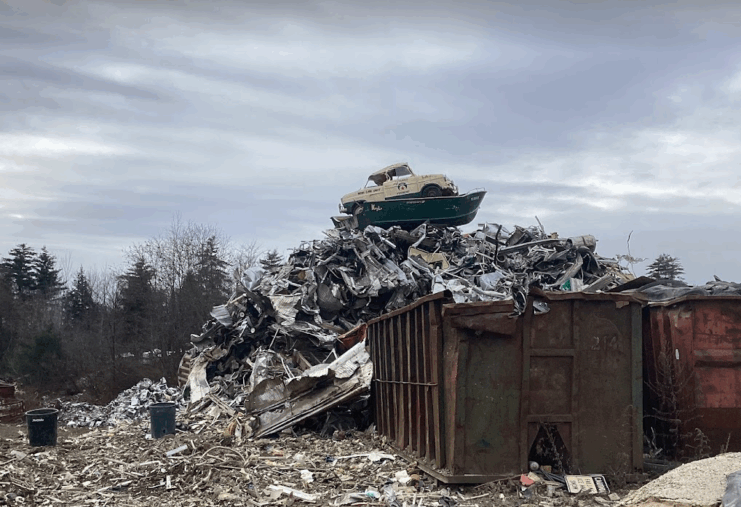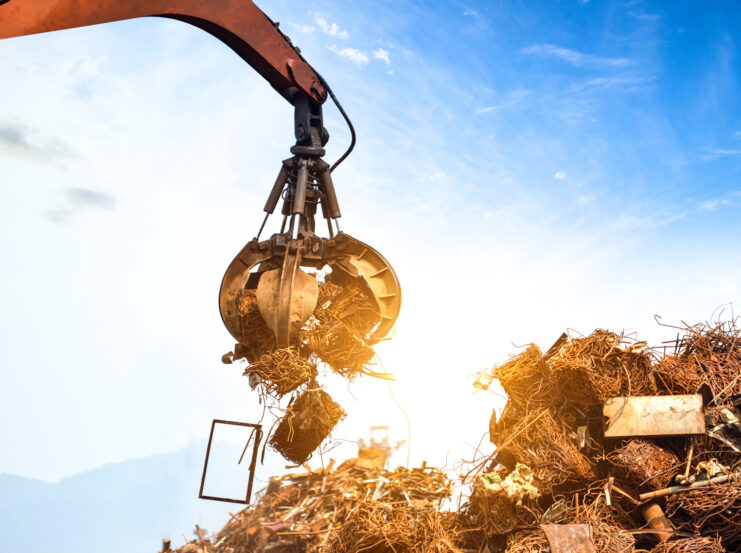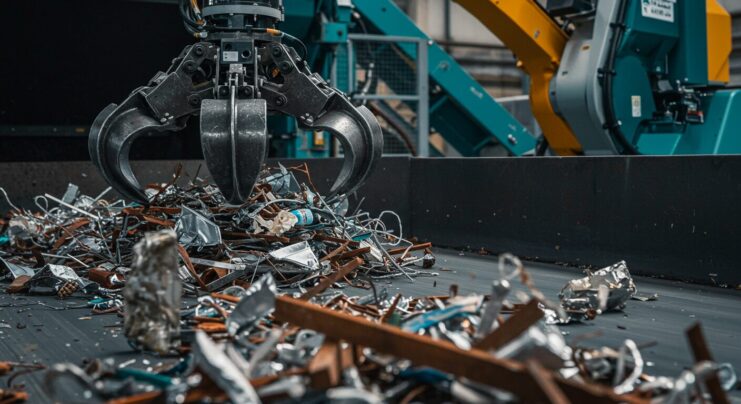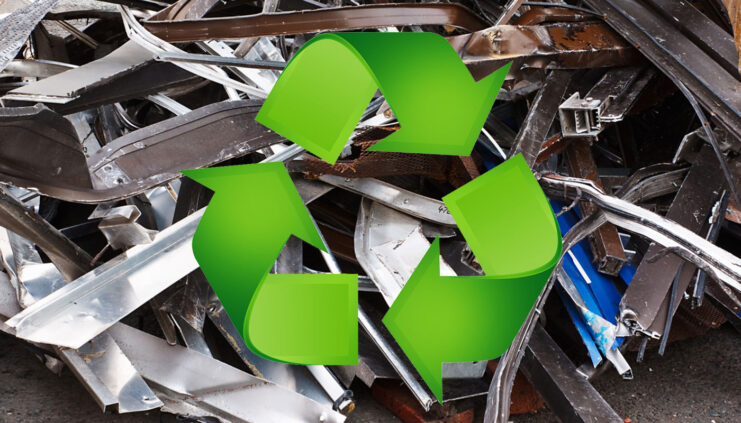As the world moves towards a more sustainable and resource-efficient future, the recycling of metal scrap has become an increasingly vital part of the global economy. From industrial manufacturing to everyday household waste, metals are found everywhere, and their ability to be reused indefinitely without losing quality makes them one of the most valuable recyclable materials.
The responsible handling and reuse of metal scrap not only conserve natural resources but also play a key role in reducing environmental pollution and energy consumption.
Understanding Metal Scrap and Its Sources
Metal scrap, also known as scrap metal, refers to leftover, obsolete, or discarded metal items that can be collected, processed, and repurposed. These materials are sourced from a variety of sectors, including:
- Industrial manufacturing ─ Factories often produce metal offcuts and shavings during production processes.
- Construction and demolition ─ Buildings, bridges, and other structures generate large volumes of recyclable steel and iron when dismantled.
- Automotive and electronics industries ─ Old vehicles, wiring, and appliances provide valuable non-ferrous metals like copper, aluminium, and brass.
- Household waste ─ Everyday items such as food tins, drink cans, and small appliances are all recyclable.
By collecting and processing these materials effectively, societies can significantly cut down on the need for raw metal extraction, which is one of the most energy-intensive and environmentally damaging industrial activities.
Environmental Impact of Recycling Metal Scrap

Mining and refining metals from ore involve high energy use, water consumption, and emissions of greenhouse gases. Recycling, on the other hand, greatly reduces these environmental costs. For instance, recycling aluminium uses only about 5% of the energy required to produce it from raw materials. Similarly, recycling steel saves approximately 70% of the energy needed for new production.
Furthermore, recycling helps reduce the amount of waste sent to landfills, preventing soil and water contamination. As landfill space becomes increasingly scarce, diverting metal waste into recycling systems becomes a key part of sustainable waste management.
The Process of Metal Scrap Recycling
The recycling process begins with the collection and sorting of metal scrap. Collected materials are sorted according to type, typically separating ferrous metals (which contain iron) from non-ferrous ones. Magnets are used to distinguish steel and iron, while other advanced technologies help identify and separate valuable metals like copper and aluminium.
After sorting, the metal is cleaned and shredded to make it easier to handle and melt. The shredded material is then placed into high-temperature furnaces designed to melt metals efficiently and remove impurities. Once purified, the molten metal is cast into ingots or sheets, ready to be used again in manufacturing.
Economic Value of Metal Recycling

Beyond its environmental advantages, recycling metal scrap is an economically beneficial process. It supports local and global economies by creating jobs in collection, processing, transportation, and resale. Businesses that rely on metal materials, such as construction and automotive companies, can also benefit from lower costs when using recycled metal instead of newly mined alternatives.
The global demand for recycled metals continues to rise, driven by industries seeking sustainable solutions and governments enforcing stricter environmental standards. This makes the recycling sector not only environmentally sound but also financially viable in the long term.
Challenges in the Metal Recycling Sector
While the benefits are significant, the industry faces several challenges. Contamination remains a persistent issue, as mixed or improperly sorted metals can reduce the quality of recycled material. Fluctuating metal prices can also affect profitability, making long-term investment difficult for smaller operators. Improving recycling technology, expanding collection infrastructure, and promoting awareness among consumers can help address these challenges effectively.
Innovation and the Future of Recycling

Technological advancements are reshaping how metal scrap is managed and reused. Automation, artificial intelligence, and smart sorting systems are increasing the precision and efficiency of recycling operations. Meanwhile, governments and environmental organisations are promoting initiatives that encourage businesses and individuals to prioritise recycling over disposal.
In the coming years, the integration of digital tracking systems may allow for a complete circular economy in the metal industry, where every piece of metal is traced from production to recycling and reuse. This would drastically reduce waste and ensure maximum recovery of valuable materials.
Sustainable Solutions Through Scrap Management
At the heart of sustainable metal recycling lies responsible scrap management. Companies specialising in metallschrot collection and processing serve as the backbone of the recycling chain, ensuring that materials are properly sorted, treated, and reintroduced into manufacturing cycles. Many of these firms invest in state-of-the-art technology to minimise environmental impact while maximising material recovery.
Working with experienced metallschrot handlers helps industries and communities maintain eco-friendly practices, cut operational costs, and support a cleaner planet. As awareness grows and recycling technologies evolve, the responsible recycling of metal scrap will continue to be one of the most effective ways to conserve natural resources and build a sustainable industrial future.

